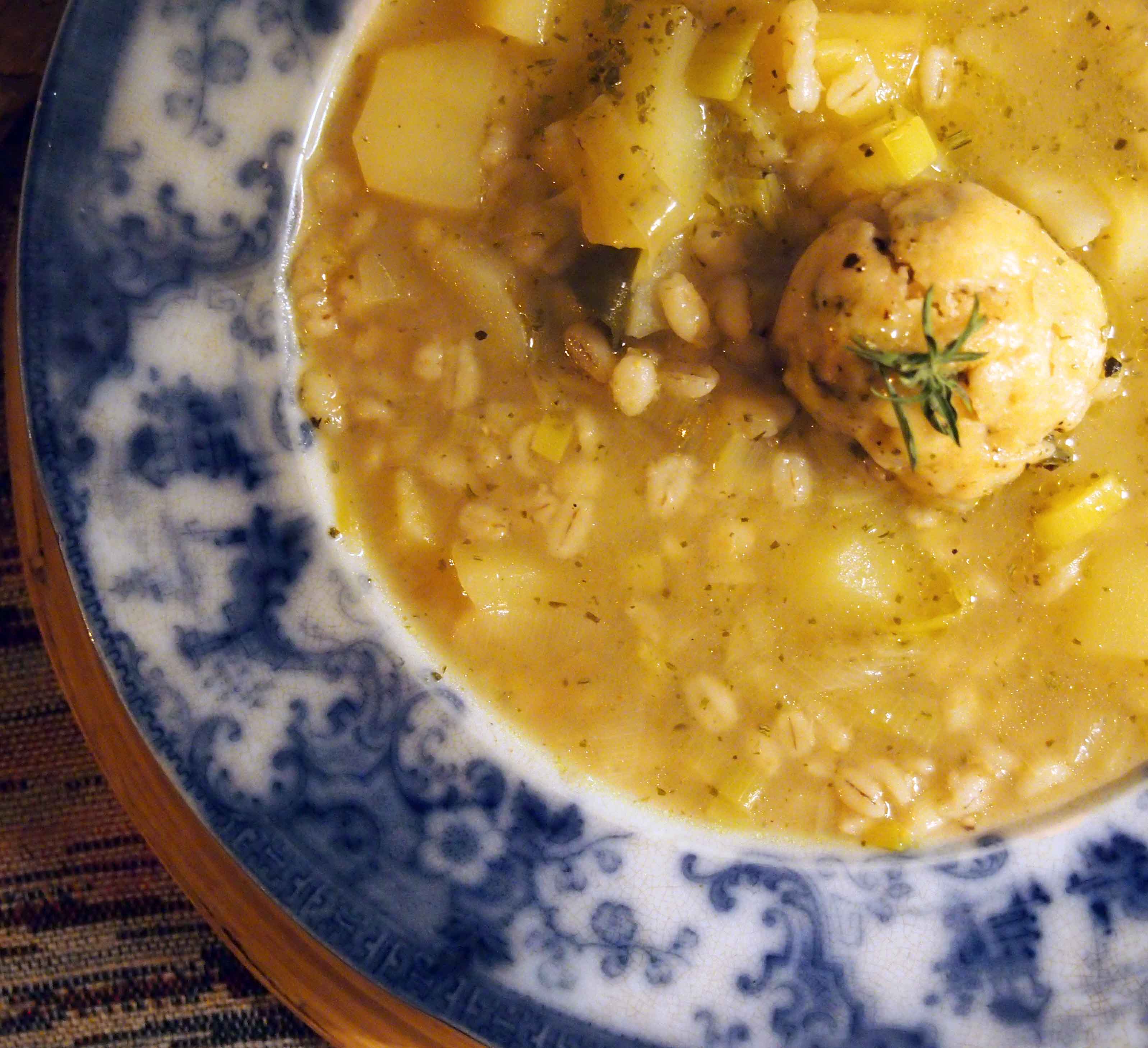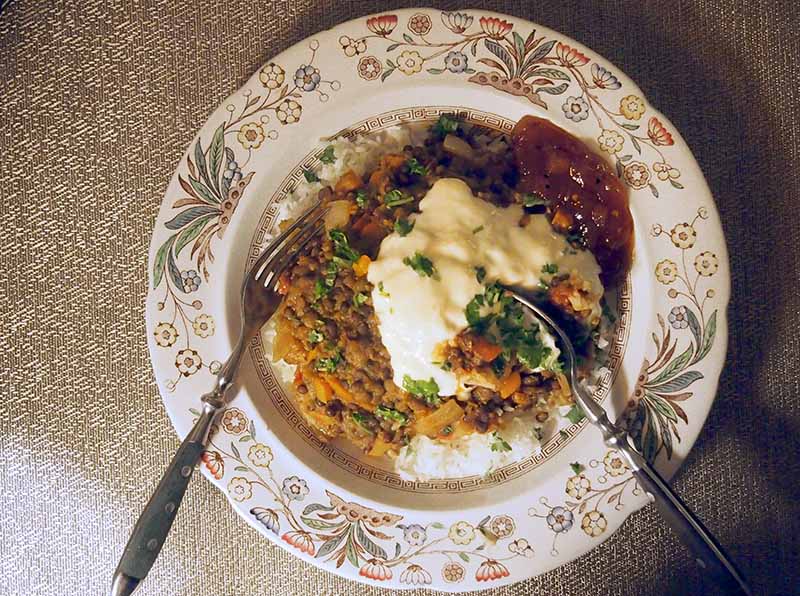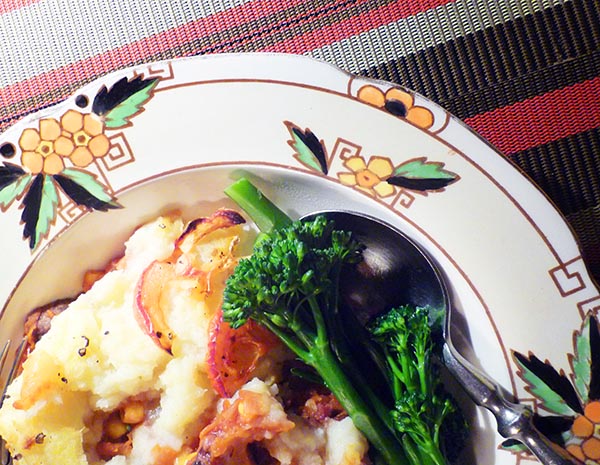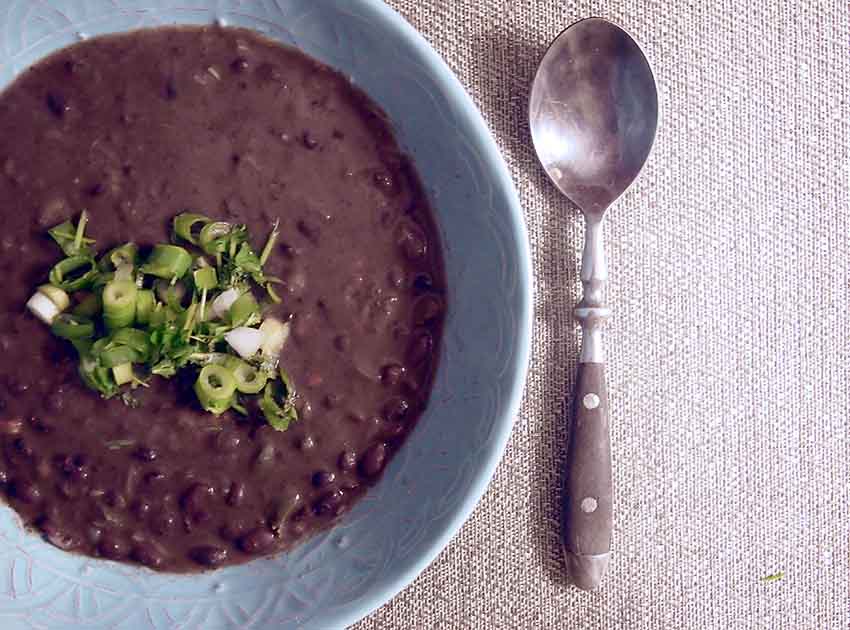There’s just a hint of spring in the air here in the UK, and my thoughts are already turning to fresh salads and light ‘spring-like’ food!

There are wonderful citrus fruit in the shops at the moment, and this recipe brings all the intensity of citrus flavours to the fore, while in the meantime gentling the sharpness that can sometimes be too overpowering.
Preserving lemons takes about a month, and then, stored in the refrigerator, they will last for months… which is great, because you don’t need much to bring a zing to any dish.
Typically preserved lemons are used in Moroccan dishes such as Tagine, and Couscous, but with just a little imagination I think there are many possibilities to introduce this gorgeous flavour : salads, pasta, curries, marinades for tofu and tempeh, side dishes such as french beans, asparagus or carrots, as well as sauces, dressings and even desserts. As well as Mediterranean dishes such as hummus or olive tapenade.

lemony lemonyness
§
PRESERVED LEMONS
I litre jar : 8-10 lemons (and limes)
Cook’ notes:
- 1)The favoured choice of lemon for preserving is Meyer lemon, but other types of lemon work fine. It’s important they’re unwaxed, as you will be eating the rind ….
- 2) I used Himalayan salt … which is the only salt I use in the kitchen these days.
- The best jar to use is almost certainly a glass kilner jar with a good tight seal. Don’t use metallic lids as they will react with the lemon juice.
Ingredients:
- 8-10 ripe lemons and limes : organic, unwaxed. I used a mix : 4 limes, 6 lemons.
- 130gms. salt
- 6 bay leaves
- 1 tsp. coriander seeds
- 0.5 tsp. cumin seeds
- 2 tsp. fennel seeds
Method:
- Sterilise the jar: Wash the kilner jar in hot soapy water. Rinse very thoroughly and then place it (without the rubber seal) in a pre-heated oven (Gas Mk. 2 – 150C) until it is dry. This should take about 20 – 30 mins. Remove the jar from the oven and allow to cool.
- In a bowl, mix the salt, the coriander seeds, the fennel seeds and the cumin seeds together.
- Thoroughly wash and dry the lemons and limes.
- Remove the little nobbles top and bottom of the lemons.
- Cut a lemon in half lengthways, leaving it joined at the base of the lemon.
- Then make a second cut as though you were cutting the lemon in quarters lengthways, again leaving the 4 sections joined (about 1 cm.)
- When the sterilised kilner jar is cool enough to handle, line the base of the jar with 3 tsps. of the salt / spice mix.
- Then place 2 of the bay leaves over the layer of salt.
- Then stuff the sliced lemon with approximately 2 tsps. of the salt/spice mix, and place the lemon in the jar.
- Repeat with a second lemon (or lime). Push and squeeze the lemons into the base of the jar as snuggly as possible. Squeeze the lemons to allow the lemon juice to start releasing into the jar.
- Repeat with each lemon/lime, squeezing them into place to reduce air pockets and to continue releasing the juice.
- When the lemons are half way up the jar, add a second layer of 2 bay leaves.
- When the jar is full, keep pushing the lemons in order to release the juice.
- Cover the final layer of lemons with the last 2 bay leaves, tucking them into place.
- If the juice doesn’t cover the lemons and bay leaves, you can add more lemon juice, or some cold, filtered water.
- When everything is submerged, sterilise the rubber seal of the kilner jar : by immersing it in boiling water and then dry it with clean kitchen towel and slip it on to the lid before closing the jar).
- Place the jar in a cool area for 2-3 days.
- If you have a cool dark place such as a pantry with a marble slab, then it’s fine to leave the preserving lemons out in a cool dark place for the next month or so.
- Otherwise, you can refrigerate them.
They are ready when the rind is really soft.
One you start using the lemons, keep them refrigerated and always top up the liquid in the jar with water, so that the preserved lemons remain submerged.
To use: rinse the lemon segments thoroughly to remove salt. Really, the rind is the most important bit as the pulp is likely to have absorbed too much salt, but feel free to experiment.
Watch this space as my lemons will be ready in a month, and I will be dreaming up one or two recipes to add them to.
Can’t wait 🙂
§
Peace
.
سلام
.
.
Something to look forward to 🙂
.
.
.












Love this !
LikeLiked by 1 person
Thanks ! 🙂 x
LikeLike
Thank you so much for sharing!
LikeLike
This is such a nice idea! And I love your new look! It’s so happy and joyful! 🙂 I also wanted to tell you that I tagged you for the 2016/2017 tag! I hope you will answer the tag’s questions 🙂 https://mylightheartedkitchen.com/2017/02/15/20162017-tag/
LikeLiked by 1 person
Thank you, thank you and thank you 🙂 x
LikeLiked by 1 person
Excellent! I’ve been wanting to do this for a while and I am now fully inspired and have the know how, thanks so much Nancy! Gorgeous pictures too.
LikeLiked by 1 person
Great! Thanks …and you’re welcome 🙂 You can try different flavourings…or keep it very simple…just lemon and salt…let me know how you get on !
LikeLike
Good recipe!
LikeLiked by 1 person
Thanks! I’ve just started to use them …and they really are good! Recipes to follow! Thanks for visiting!
LikeLiked by 1 person
PS …the link to your site is broken?
LikeLike
Really, from the app?
LikeLike
when I click on your ‘justartsandcrafts.wordpress.com’ it’s not linking….
LikeLike
Ok, thanks for letting me know. I need to fix this some how.
LikeLike
Hiya. Can you send the web page where you find the broken link please. Many thanks.
LikeLike
Hi. I can’t send anything, as your website is unavailable to me. All I can tell you is that…you have left me this message, which appears in my inbox with your name and with the link under your name, which reads: justartandcrafts.wordpress.com’ , which should take me to your blog when I click on it, but it doesn’t. I just get the unavailable page. There will be a fault in your settings: possibly under site address. Maybe you changed something recently? That’s all I can do… 🙂 Hope you find the problem as I’m sure others will be having the same result. I am happy to test again for you another time to check the link. Best Wishes.
LikeLike
Nancy please try again and let me know. Thank you so much!
LikeLiked by 1 person
…it’s still coming up with the no longer available page …think this must be in your settings?
LikeLike
You are a star!! Thank you for the detail msg. I am going to find the error.
LikeLike
This is so interesting! Love your blog
LikeLiked by 1 person
Thank you so much …for visiting and for your comment! x
LikeLike
Nice. Loved your blog.
LikeLiked by 1 person
Thank you …for your comment and for visiting! 🙂
LikeLiked by 1 person
Pleasure is mine 🙂
LikeLiked by 1 person
Thanks for sharing!
LikeLike
I have a large amount of preserved lemons to use up, left by a friend who got in over their head with canning projects… hehe. So far I’ve been using them in kale salad, salad dressings, and rice… but would love to hear what else can be made with them – ? Thanks!
LikeLiked by 1 person
Hiya! …and thanks for visiting. I’ve been trying preserved lemons in sauces : here’s one recipe that turned out well : https://veganfoodforpeace.wordpress.com/2017/05/15/celery-and-butterbean-gratin/ ….. I also like lemony potatoes 🙂 …maybe mixed roasted vegetables marinaded with oil, salt, garlic, rosemary and preserved, shredded lemon peel? I also have ideas about including preserved lemons in creamy pasta sauces … or maybe in a pesto …maybe as a light sauce for asparagus? And definitely in certain types of curry! Maybe a tofu tagine with apricots pine nuts, couscous etc.? I also intend to try putting them in a dessert …. watch this space ! … Thanks again for visiting…and for sparking a few ideas 🙂
LikeLiked by 1 person